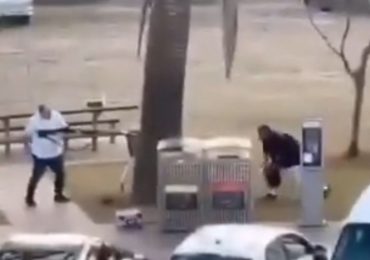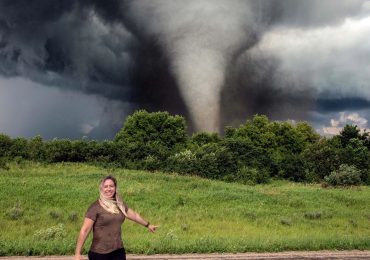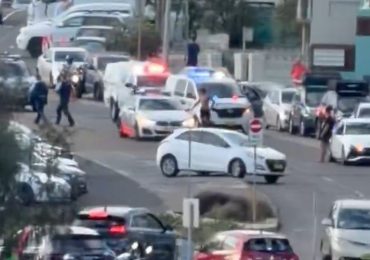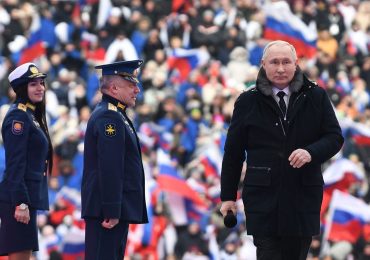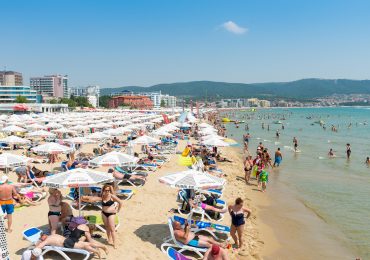CROWDS led by Hamas leader Ismail Haniyeh chanted “death to Israel” before the funeral of Iran’s late president Ebrahim Raisi this morning.
Tehran residents were today urged by officials to attend the funeral of “the martyr of service”, as huge banners went up hailing the fallen.
GettyA funeral ceremony is held in Tehran for former President Raisi[/caption]
AlamyA woman cries during a farewell ceremony for the late president[/caption]
AFPHuge banners are strung up in the capital hailing Raisi as ‘the martyr of service’[/caption]
EPAIranians hold portraits of Raisi as they mourn during funeral processions in Tehran[/caption]
Iran, under Raisi’s leadership, has armed the savage militant group throughout its ongoing bloody war with Israel in the Gaza Strip.
Senior Hamas leader Haniyeh today told Iranians gathered ahead of the late president’s funeral of when he first met Raisi in Tehran.
He said: “I come in the name of the Palestinian people, in the name of the resistance factions of Gaza … to express our condolences.”
Recounting Raisi’s words, he added that the Muslim world “must fulfil their obligations to the Palestinians to liberate their land”.
He added: “I say once again… we are sure that the Islamic Republic of Iran will continue its support for the Palestinian people,” as he told the crowd to chant “death to Israel”.
Tens of thousands of black-clad Iranians filled the streets of Tehran this morning to join the funeral processions of Raisi – and seven members of his entourage – who died in a helicopter crash on Sunday.
Mourners were seen clutching portraits of “The Butcher” Raisi in the centre of the city, in and near the University of Tehran, where Iran’s Supreme Leader Ayatollah Ali Khamenei led prayers over coffins.
The caskets of the dead, including Raisi and Foreign Minister Hossein Amirabdollahian, were draped in Iranian flags and pictures of their faces and carried from the university to chants of “death to America”.
Top leaders of Iran’s paramilitary Revolutionary Guard attended the funeral, as well as Hamas leader Haniyeh and the deputy leader of Lebanese militant group Hezbollah, Naim Qassem.
Huge banners were strung up in the capital hailing the late president as “the martyr of service”, as others bid “farewell to the servant of the disadvantaged”.
Tehran residents had earlier received phone messages urging them to “attend the funeral of the martyr of service”.
From the university, the coffins will be driven to the huge Enghelab Square in the city centre and then to Azadi Square, state media said.
Raisi’s helicopter crashed on a fog-shrouded mountainside in northern Iran as the group travelled home after attending the inauguration of a dam project on Iran’s border with Azerbaijan.
Search and rescue personnel, aided by Turkey, Russia and the European Union, worked overnight in blizzard conditions to try and locate the missing helicopter and president.
State television announced Raisi’s death early on Monday.
The former president, 63, was widely expected to succeed 85-year-old Khamenei as supreme leader.
Funeral plans for The Butcher
OFFICIALS outlined the plan for a three-day funeral for Iranian president Ebrahim Raisi who was killed in a helicopter crash on Sunday.
The funeral is being split into several stages, with the first ceremony starting yesterday.
Here is a breakdown of the elaborate funeral plans:
The first ceremony began at 9.30am local time (7am UK time) on Tuesday in the northwestern city of Tabriz
Raisi’s body was moved to the religious city of Qom
A second procession began in Qom at 4.30pm local time (2pm UK time)
The bodies of Raisi and others killed in the helicopter crash were taken to Tehran
Supreme Leader Ali Khamenei led congregational prayers during an official funeral ceremony
Raisi’s body is set to be transferred to Birjand on Thursday morning
The president’s body will be taken to Mashhad, his home city, where he will be buried in the shrine of the eighth Shia Imam Reza on Thursday evening
Funeral rites for Raisi and his entourage began yesterday with processions through Tabriz, where the group had been headed before their helicopter crashed, and the religious city of Qom.
From Tehran, the bodies will be taken to Raisi’s home city Mashhad, where he will be buried on Thursday evening at the Imam Reza shrine.
Khamenei on Monday declared five days of national mourning and assigned vice president Mohammad Mokhber, 68, as interim president.
An election for Raisi’s successor will be held on June 28.
Messages of condolences flooded in from global allies including China and Russia following Raisi’s death, as well as from Nato.
The Syrian government and Hamas and Hezbollah praised Raisi and also sent their condolences.
Who was Ebrahim Raisi?
IRAN’S hardline president Ebrahim Raisi has a bloody history steeped in murder and helped oversee the mass executions of thousands.
The 63-year-old had positioned himself as a potential successor to Supreme Leader Ayatollah Ali Khamenei – before he died suddenly in a helicopter crash on Sunday.
Known by some as The Butcher, Raisi won a landslide victory and was declared Iran’s president in 2021.
The brute is alleged to have been a key member of the so-called “Death Commission” which ordered thousands of political prisoners to be killed in 1988, as Iran‘s eight-year war with Iraq came to an end.
His alleged role was said to be pivotal in winning him the support of powerful Iranian theocratic rulers.
The US sanctioned Raisi in 2019 for his “administrative oversight” of the executions of juvenile offenders, and for the torture and “amputations” inflicted on prisoners in Iran – as well as for the 1988 mass executions.
Raisi later led the country as it enriched uranium near weapons-grade levels, and was in power when Iran launched a massive drone and missile attack on Israel in April.
The president allegedly ordered the torture of pregnant women, had prisoners thrown off cliffs, had people flogged with electric cords, and oversaw countless other brutal acts of violence.
Mass protests swept Iran in 2022 after the death of Mahsa Amini, a woman who had been detained over allegedly not wearing a hijab, or headscarf, as was required by authorities.
Following the demonstrations, a monthslong security crackdown saw more than 500 people killed and more than 22,000 others detained.
In March, a United Nations investigative panel found that Iran was responsible for the physical violence that led to Amini’s death.
Tens of thousands of mourners fill the streets of Iran’s capitalEPA
A woman cries as Iranians gather at Valiasr Square in central Tehran to mourn RaisiGetty
Leave a comment



